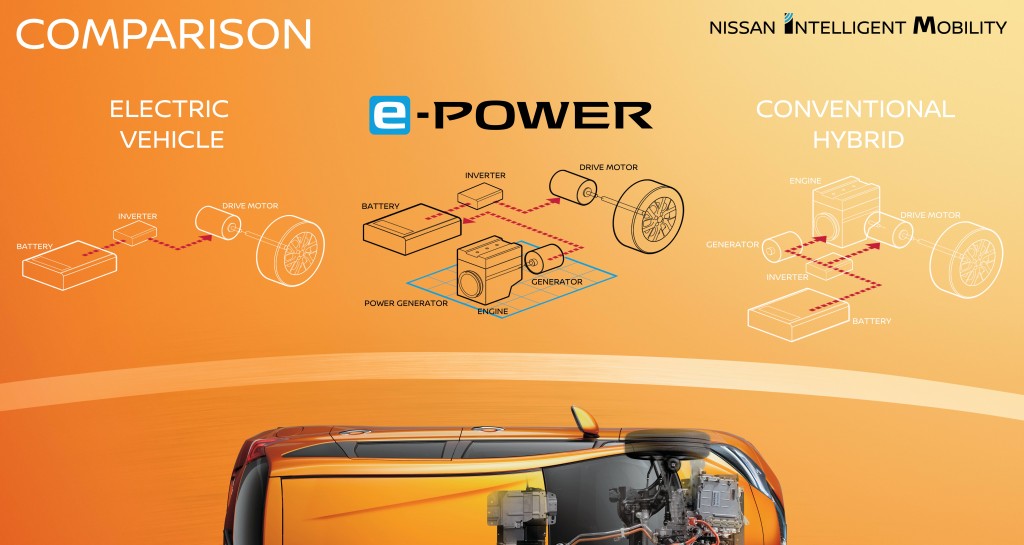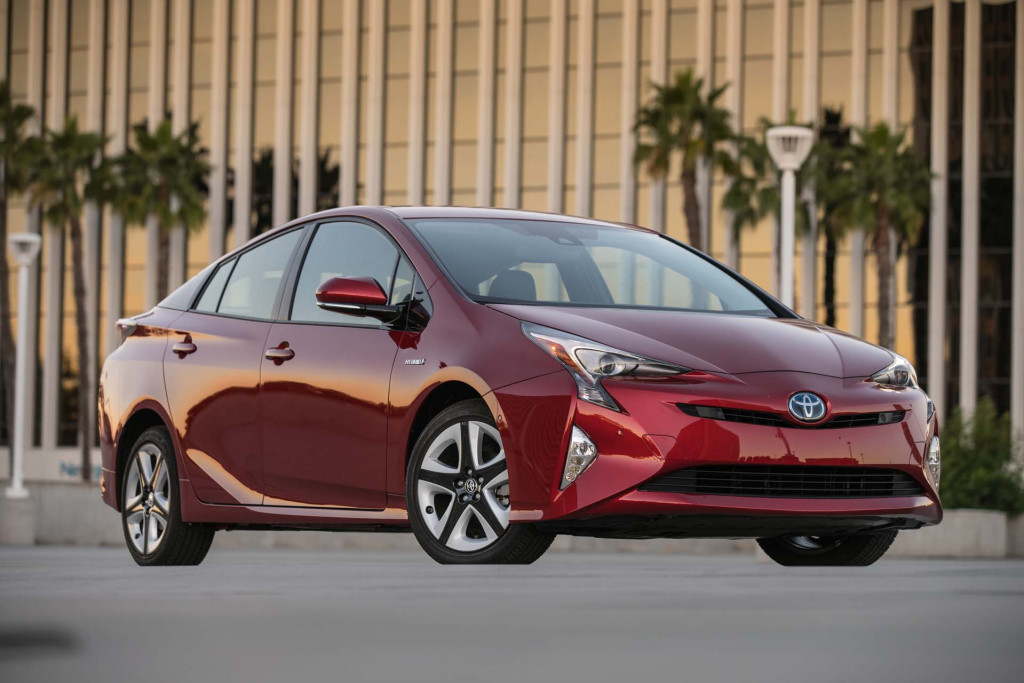The 1916 Owen Magnetic Tourer that crossed the Bonhams auction block last month was more than a beautiful snapshot from an obscure moment in American automotive history.
As one of the technological wonders of its time, the Magnetic Tourer didn’t have any mechanical connection between its big 374-cubic-inch (6.1-liter) inline-6 engine and the drive wheels. And it could store energy through regenerative braking, or use its battery power to drive the vehicle for short distances.
It was by today’s definition a series hybrid. The engine has no physical link to the wheels; it drives a generator, supplying electricity that powers a motor system, with a battery acting as a buffer.
DON'T MISS: Nissan e-Power series hybrid builds on electric-car expertise
Series hybrids have a long history, but outside of non-automotive applications like locomotives and submarines it’s mostly a history rooted in concept cars and research-and-development projects. No automaker has gone big with series hybrids in the way that Toyota has with its series-parallel systems in the Prius and many other vehicles, which can mechanically drive the wheels with both the engine and electric motor simultaneously.

Nissan Note e-Power hybrid
Nissan continues to say it has a lineup of series hybrids on the way—badged e-Power in upcoming vehicles—although that system hasn’t arrived yet in more robust form for the U.S. Although a few other vehicles like the Karma Revero (originally Fisker Karma) use a true series-hybrid system, the ones that have seen wider production, like the Chevrolet Volt (Voltec) and the Honda Accord Hybrid (i-MMD) have used a combination of series and parallel modes.
As pointed out by Hemmings, the Magnetic Tourer used a version of the so-called “electric transmission” that had been developed by Justus B. Entz as early as 1902, with a neatly packaged drive unit employing two identical motor-generators, plus a 24-volt electrical system.
CHECK OUT: Why two-motor hybrids are better than those with just one
The car had no clutch, but with a system of controllers providing five forward speed settings for the propulsion system via a steering-column speed selector (and we suspect, with the throttle), the driver could choose the speed—and even use regenerative braking, which spared the mechanical rear brakes. There’s no clutch, and as with many vehicles from its time it may have taken some patience to drive it smoothly (and safely).
Some who have experienced the Owen have described it as locomotive-like—which isn’t all that surprising given how the technology is popularly used.

1916 Owen Magnetic Tourer - Bonhams Tupelo Automobile Museum Auction (2019)
This particular Owen Magnetic Tourer was part of the collection of the late Frank Spain and the former Tupelo Automobile Museum. At the Bonhams April 27 auction, selling the contents of the museum for charity, the Magnetic Tourer sold for $128,800, including the sale premium.
The car up for sale, one of about 800 examples built in 1916, had just 2,500 miles and was described as “in nice older restoration condition...with a high degree of originality.”
READ MORE: Will electric cars eliminate conventional hybrids from the market?
“Although they were popular with celebrities, they were ultimately a market failure and the company failed in 1921,” summed Bonhams.
Hybrids like the Magnetic Tourer could have become a larger part of the market during that time as they merged two technologies consumers were already familiar with. By 1916 gasoline had become widely accepted as the solution for getting the quantum leap in mobility—the personal automobile—to the masses, but that was a relatively recent development. In 1900, 38 percent were battery-electric.
Two things doomed the system then. It was abandoned at the time for being too heavy and expensive, at a cost of more than $3,000 in 1916 money—the equivalent of $70,000+ today.

2018 Toyota Prius
Today, the thing that has driven most automakers to series-parallel hybrids rather than pure series hybrids is a common scenario in U.S. driving: high-speed freeway driving. In such environments, multiple engineering teams over multiple decades have concluded that a mechanical connection to the engine offers better efficiency.
Nevertheless, this car and its technology can be cause for taking stock of what happened then and why certain technology is favored today. And today the current may be changing, with many automakers accepting electric cars as the future and, perhaps (like Nissan), seeing series hybrids as a cost-effective incremental technology.
Would electric cars have caught on earlier had this Owen been more popular and affordable? Would hybrids have taken a different preferred form in modern vehicles? Or would transmissions have existed in the same way? Some obscure models from the past, like this one, may yet help frame the future.













